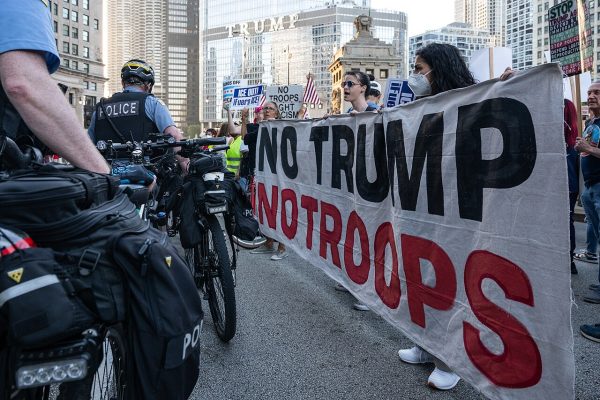The Zookeeper’s Wife Depicts Hope in the Face of Horror
*This review contains spoilers.
Director Niki Caro brings history to vivid life in The Zookeeper’s Wife, based on the book by Diane Ackerman.
In a most surprising place, right under the Nazis’ noses, two heroes emerged to save over 300 Jews from the Warsaw ghetto and probable death in the concentration camps.
Antonina and Dr. Jan Zabinski were just two zookeepers of the Warsaw zoo, one of Europe’s largest. But one day, when Antonina went on her usual morning bike ride to open the gates of the zoo, planes flew overhead and bombs dropped. The Nazis were invading Poland.
Nazi troops took over the zoo along with the rest of Warsaw. They took all the animals, some to feed troops and others set aside for breeding and experiments.
Over the course of the war, Dr. Zabinski got permission to enter the Warsaw ghetto to collect scraps of food for his new pig farm. He rescued Jewish children, parents and grandparents by hiding them in containers and covering them with scraps of food.
He smuggled these desperate people into the zoo and brought them to the basement of their home to hide during the day. At night, Antonina played the piano to signal that the Nazis had left, and it was safe for everyone to come out.
Eventually, Dr. Zabinski left to join the resistance. Antonina, worried and distraught about her husband’s whereabouts, asked Dr. Lutz Heck for assistance in finding her husband. Heck was suspicious that something more was going on in the zoo, so he sent troops to search the property.
In a moment of tremendous suspense that put viewers on the edge of their seats, Antonina and fellow zookeepers heroically loaded Jews onto a truck and drove them out of Warsaw, escaping just in time to avoid discovery by their Nazi pursuers.
When Lutz found the basement, there was nothing there: no signs of life besides Antonina and her children. However, when he searched the basement, Lutz found drawings of people, stars of David, Hebrew writing and drawings of animals all over the walls.
Furious at Antonina that he trusted her for so long, Lutz grabbed her son, pointed a gun at his head and locked Antonina in a cage. She tried to plead with the Nazi zookeeper, but the gun went off, and the gunshot echoed throughout the zoo.
At this moment, the audience at Valley View, where I watched the film, broke out in tears, shrieks and screams. This movie had a very emotional impact on viewers. All were invested in the real story of two zookeepers who saved the lives of so many.
But the tears and screams subsided in the theater. Antonina’s cries were met with a hug. Why was Dr. Lutz Heck consoling her? It wasn’t Lutz though, it was her son, and he was alive.
Dr. Lutz Heck, looking defeated, walked to his car with his head down and ordered his troops to leave. The Nazis surrendered, never to be seen again in the Warsaw zoo.
Dr. Jan Zabinski came back home, shaken up and injured, but alive.
The Warsaw zoo was the Zabinskis’ again. With the help of some of the people they saved, the family restored it to its pre-war state.
“The Zookeeper’s Wife” brought the reality of the war and the Holocaust to life and showed how two normal zookeepers risked their lives to save hundreds of Jews.
Jessica Chastain delivered a brilliant performance as Antonina, capturing her character with strong emotion and realism.
The cast did an excellent job embodying their roles. Their dialogue, accents and emotions were on point, helping to bring these horrific events to life on the big screen.
However, there were a few points when the movie was slow, especially at the beginning. The film dwelled for too long on exposition before the plot really got under way. But, it seemed as if this was intentional on the director’s part, to clearly depict the life before the war and to show how suddenly and drastically life can change.
We come to recognize the Zabinskis as individuals–like all of us–who are presented with choices in life, whether to help or hurt, and ultimately, these choices define us.
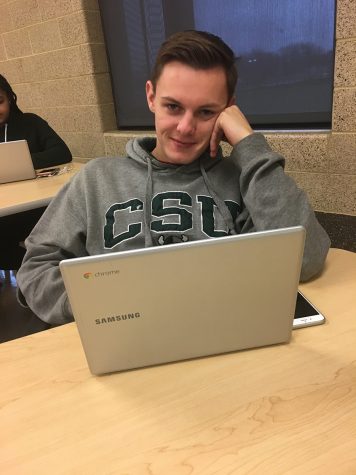
Justin Dubin began writing for The Beachcomber in the fall of 2016. He loves reading the daily news, which is what led him to join the newspaper staff. ...



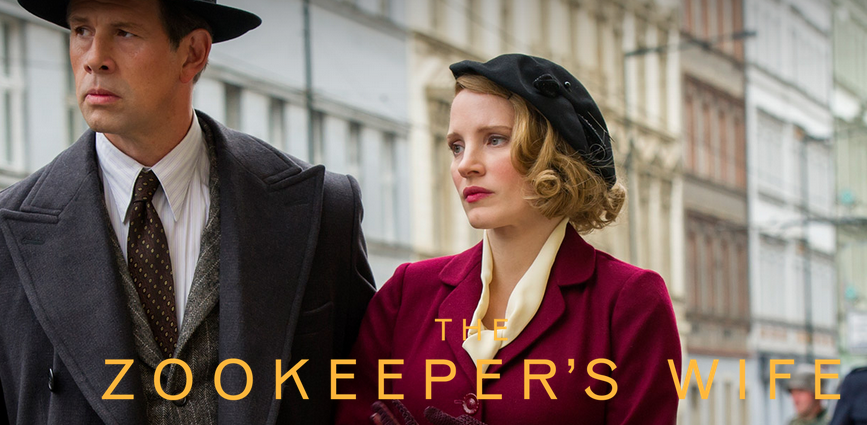

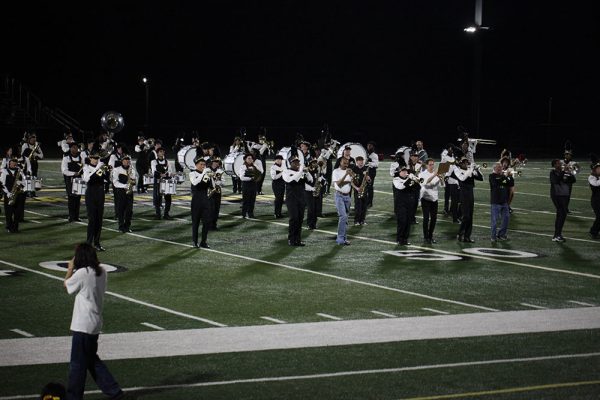



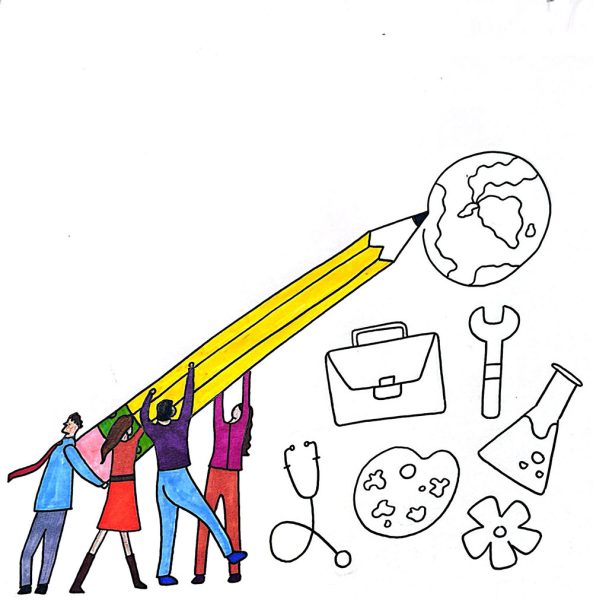
![“My parents have always said that education is important. My parents are Chinese immigrants, I'm Chinese American, [and that's a] value that has always been ingrained in our community,” said Senior Lyndia Zheng, pictured with Tony Zheng](https://bcomber.org/wp-content/uploads/2025/10/DSC_4244-600x400.jpg)

